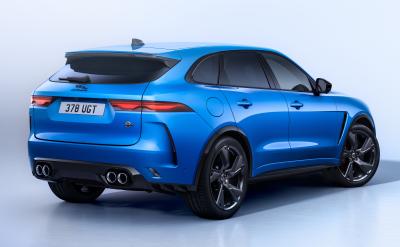Introduction
The MG Hector has solidified its position as the top value-for-money SUV, outshining its competitors in the latest NielsenIQ Service Cost Survey. With options available in 5, 6, and 7-seater configurations, the MG Hector is priced competitively, starting at INR 13.99 Lakh. Particularly noteworthy is the diesel variant, which combines robust performance with advanced technology, appealing strongly to SUV enthusiasts.
Unmatched Cost Efficiency
In terms of ownership costs, the MG Hector’s petrol models lead the market, offering more affordability than many well-known hatchbacks and compact SUVs. This economic advantage is highlighted in the survey, emphasizing the Hector’s role in setting cost-efficiency standards within the segment. Such affordability makes the Hector an attractive option for those seeking value without compromising on quality or features.
Technological and Design Innovations
The MG Hector is not just about cost savings; it offers cutting-edge technology and luxurious amenities that enhance the driving experience. It features a dual-pane panoramic sunroof and a state-of-the-art 14-inch HD infotainment system with over 75 connected car features, catering to the modern driver’s demand for technology and convenience. Recently, MG India introduced the BLACKSTORM edition, which boasts a starry-black exterior and stylish interiors with Gun Metal accents, embodying a unique blend of elegance and contemporary design.
Conclusion
Since its debut in 2019, the MG Hector has continually impressed the Indian SUV market with its low total ownership costs, high resale value, and superior quality. As noted by Satinder Singh Bajwa, Chief Commercial Officer of MG Motor India, the Hector not only stands out for its features but also for its economic benefits and industry-leading benchmarks. Whether it’s the standard models or the eye-catching BLACKSTORM edition, the MG Hector remains a top choice for those seeking a combination of affordability, luxury, and advanced technology in their SUV.



